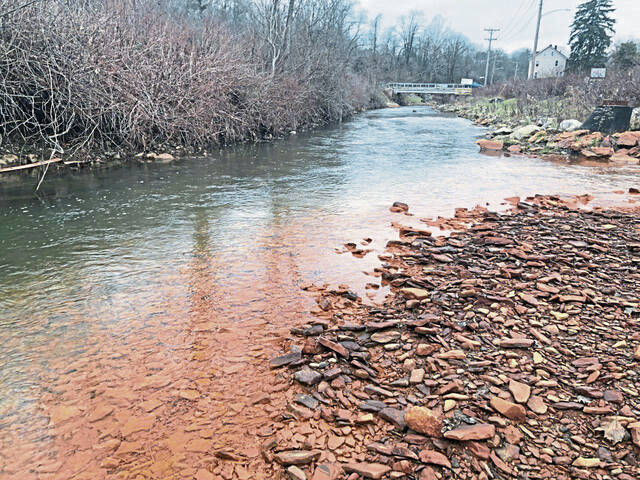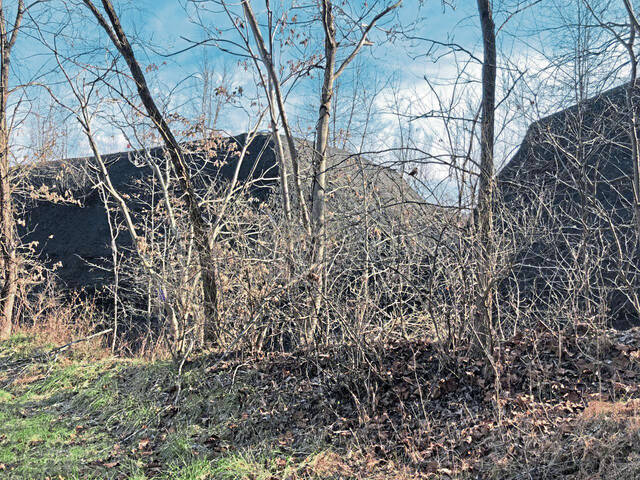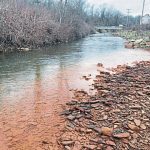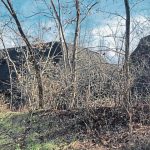Pennsylvania could clean up the vast majority of the state’s abandoned mines and the pollution caused by them with a $245 million federal allocation annually for the next 15 years, a Westmoreland County conservation official said.
“This pot of money has the potential to make one of the largest impacts in mine reclamation that I’ve ever seen. The challenge will be to get it (funding) to the groups that are addressing the problems — the conservation districts and the watershed groups that know where to spend the money,” said Robert Cronauer, Westmoreland Conservation District watershed manager.
There are watershed associations for the Kiskiminetas River, Jacobs Creek, Sewickley Creek, Turtle Creek and Loyalhanna Creek in the county.
The state announced Monday that it would be getting the financial bonanza under the Biden administration’s infrastructure plan to address the dangers and problems with abandoned mines, while creating jobs for dislocated coal industry workers. The first allocation of the money is to be released this summer or fall, according to the Department of Interior.
With an estimated 5,000 abandoned mines throughout Pennsylvania, the state has the dubious distinction of having one-third of the nation’s abandoned mines, said U.S. Sen. Bob Casey, D-Scranton. The abandoned mine problem is statewide, with 43 of the 67 counties faced with the scars from old mines, Casey said. Westmoreland County has more than 100 abandoned mines, according to a state map.
The money will help coal industry communities “literally build back better,” Casey said.
The gob piles of coal refuse, also known as bony piles, and discharge that turns streams orange are two of the more visible signs of the state’s abandoned mines.
Some of the gob piles have been used to fill the large gashes in the earth, filling the cuts with coal cuttings and then capping the pile with earth to cover it, Cronauer said.
Mine discharge treatment systems can be seen behind Saint Vincent College in Unity, and a similar passive treatment system is in Lowber, where water spewing from an old mine moves through settling ponds before flowing into Sewickley Creek.
The state said it will work with the Department of Interior to put the newly allocated resources to work to enhance the existing Abandoned Mine Reclamation Program. The money that is earmarked for returning abandoned mine land to productive use for things such as recreation, farming or clean energy production has been declining because the amount of coal mined has decreased over the past 15 years, said Winnie Stachelberg, the Interior Department’s assistant secretary for policy management.
The money for that fund comes from a levy on each ton of coal produced.
The Department of Environmental Protection has not identified which projects will be funded in the first round of money, but said that priority will be given to those projects that are deemed harmful and dangerous, said Neil Shader, a DEP spokesman.
“I can’t speak to specific sites that would be top of the list,” but Southwestern Pennsylvania counties such as Allegheny, Fayette and Westmoreland have a lot of abandoned mine sites in general, so it is safe to say that resources from the infratructure funding will be going to those counties for mine clean-up projects, Shader said.











